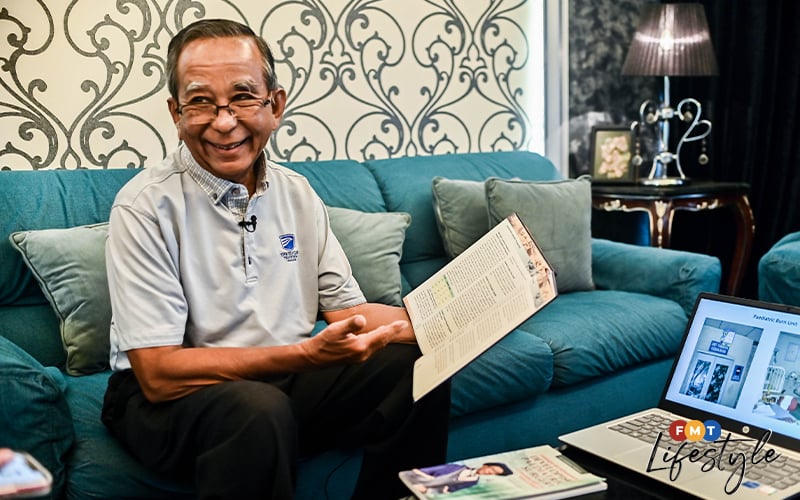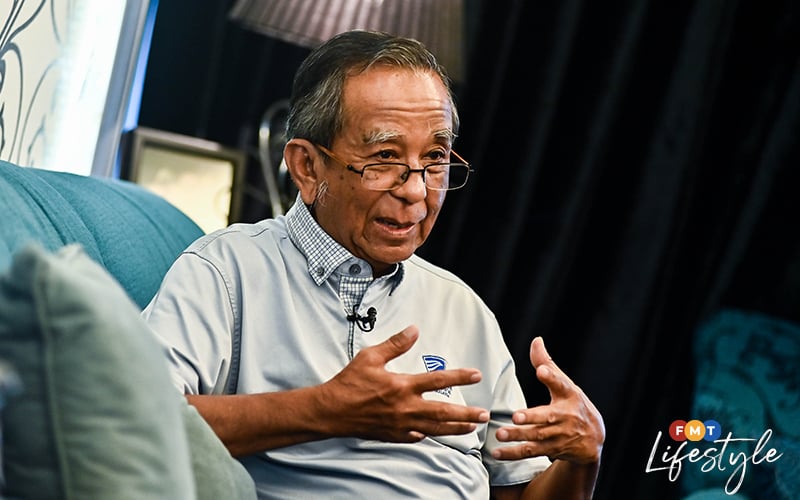
KUALA LUMPUR: Hospitals can be a scary place for children, especially those undergoing surgery – but did you know that surgery for the young was not always an option?
Universiti Sains Islam Malaysia emeritus professor of surgery Dr Mahmud Mohd Nor said things only changed for the better when the Hospital Kuala Lumpur (HKL) complex underwent substantive redevelopment. This was 50 years ago, in 1973, when they set up a team for paediatric surgery.
HKL became the teaching hospital of Universiti Kebangsaan Malaysia (UKM), before the university developed its own hospital in later years.
“During that period from the 1970s to the 1980s, there was not much awareness, especially in the periphery of other hospitals.
“It was felt that there was a need to have children taken care of by people who were trained to handle children.” However, he added, there were just not enough trained doctors to do it.

In the days right after Independence in 1957, children and adults were treated in the same wards and with the same medical equipment, impacting the mortality rates of medically complex children then.
Up until 1976, most surgeries done on newborns were for birth defects in the anus and the rectum. Other surgeries tackling Intestinal Atresias (a blockage in the intestines) and Hirschsprung’s disease (a condition that affects the large intestine) were also carried out but less documented.

But following 1976, there were significant improvements in paediatric surgery at HKL, in spite of the many hurdles faced by this newly founded surgical service.
“Children require similar instruments but ones that are smaller in size. At that time, we were catering for adults, basically. When I started operating, I didn’t have the fine scissors, the fine forceps,” he said.
The physiological differences between children and adults were hard to ignore. For example, children’s tissues are generally much tinier than adults, and a child losing 50ml of blood is more concerning than an adult losing the same amount.

It would take a decade of consolidation before the need for paediatric surgery became clear and by the 1990s, paediatric surgeons’ access to new technologies also improved.
In 1988, a set of conjoined twins became the first to be successfully separated in Malaysia – a feat accomplished by a team led by Mahmud.
“We were very hopeful, saying that we were confident would be an overstatement because it was the first time we were doing it. Although Universiti Malaya had done a similar procedure in the past, they had patients whose conditions were not life-threatening during the surgery because they were joined at the bottom.
“The frightening part is, when you separate the liver, there’s a lot of bleeding and then there’s a big gap in the abdomen that we have to close,” he said.
Maintaining the correct dosage of anaesthesia in two babies was another major challenge.
“We had some rehearsals before the surgery – a dry run. We had a lot of apprehension, but the moment we separated them, we felt that we were over the border.
He added that postoperative complications were also worrying due to the sheer size of the patients’ incisions.

“Once we achieved that success, then we became more confident to do all the other complex legal operations,” recalled Mahmud.
Today, there are 84 paediatric surgeons actively practising in Malaysia – with the priority having shifted from ensuring the mere survival of patients to treating those with minimally invasive surgical intervention.
With paediatric surgery celebrating its golden jubilee this year, Mahmud said the next step would be to establish regional children’s hospitals across the country, so that all Malaysian children could benefit from the work of these good surgeons. - FMT



No comments:
Post a Comment
Note: Only a member of this blog may post a comment.